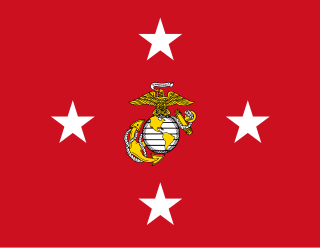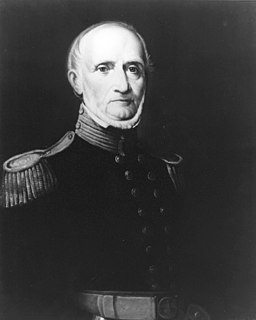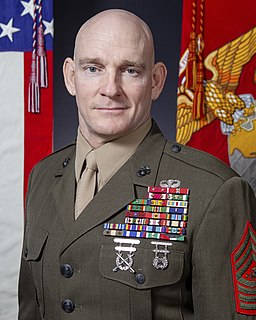 W
WTail codes on the U.S. Navy aircraft are the markings that help to identify the aircraft's unit and/or base assignment. These codes comprise one or two letters or digits painted on both sides of the vertical stabilizer, on the top right and on the bottom left wings near the tip. Although located both on the vertical stabilizer and the wings from their inception in July 1945, these identification markings are commonly referred as tail codes. It is important to note that tail codes are meant to identify units and assignments, not individual aircraft. For all aircraft of the U.S. Navy and U.S. Marine Corps unique identification is provided by bureau numbers.
 W
WThe assistant commandant of the Marine Corps (ACMC) is the second highest-ranking officer in the United States Marine Corps, and serves as a deputy for the commandant of the Marine Corps (CMC). Before 1946, the title was known as the assistant to the commandant.
 W
WThe commandant of the Marine Corps (CMC) is normally the highest-ranking officer in the United States Marine Corps and is a member of the Joint Chiefs of Staff. The CMC reports directly to the secretary of the Navy and is responsible for ensuring the organization, policy, plans, and programs for the Marine Corps as well as advising the president, the secretary of defense, the National Security Council, the Homeland Security Council, and the secretary of the Navy on matters involving the Marine Corps. Under the authority of the secretary of the Navy, the CMC designates Marine personnel and resources to the commanders of Unified Combatant Commands. The commandant performs all other functions prescribed in Section 5043 in Title 10 of the United States Code or delegates those duties and responsibilities to other officers in his administration in his name. As with the other joint chiefs, the commandant is an administrative position and has no operational command authority over United States Marine Corps forces.
 W
WThe Deputy Commandant for Aviation (DCA) is the United States Marine Corps' principle advisor on all aviation matters and is the spokesperson for Marine Corps Aviation programs, requirements, and strategy throughout the Department of the Navy and the Department of Defense. DCA is normally the highest-ranking naval aviator in the Marine Corps and reports directly to the Commandant of the Marine Corps. The role of DCA is an administrative position and has no operational command authority over United States Marine Corps Aviation forces.
 W
WThe following is a list of the prominent names in U. S. Marine Corps lore—the people who make up what the Marines call "Knowledge". Names in this list are notable for actions made as a Marine; individuals whose notability is unrelated to service in uniform can be found at List of United States Marines.
 W
WThis is a complete list of four-star generals in the United States Marine Corps. The rank of general is the highest rank in the Marine Corps. It ranks above lieutenant general.
 W
WAmerican units that operated the F-4 Phantom II are listed below.
 W
WMarine expeditionary units are the smallest air-ground task forces (MAGTF) in the United States Fleet Marine Force. Each MEU is an expeditionary quick reaction force, deployed and ready for immediate response to any crisis, whether it be natural disaster or combat missions. Marine amphibious unit (MAU) was the name used until the late 1980s.
 W
WSergeant Major of the Marine Corps is a billet, as well as a unique enlisted grade of rank, with a unique non-commissioned grade of rank insignia, in the United States Marine Corps.